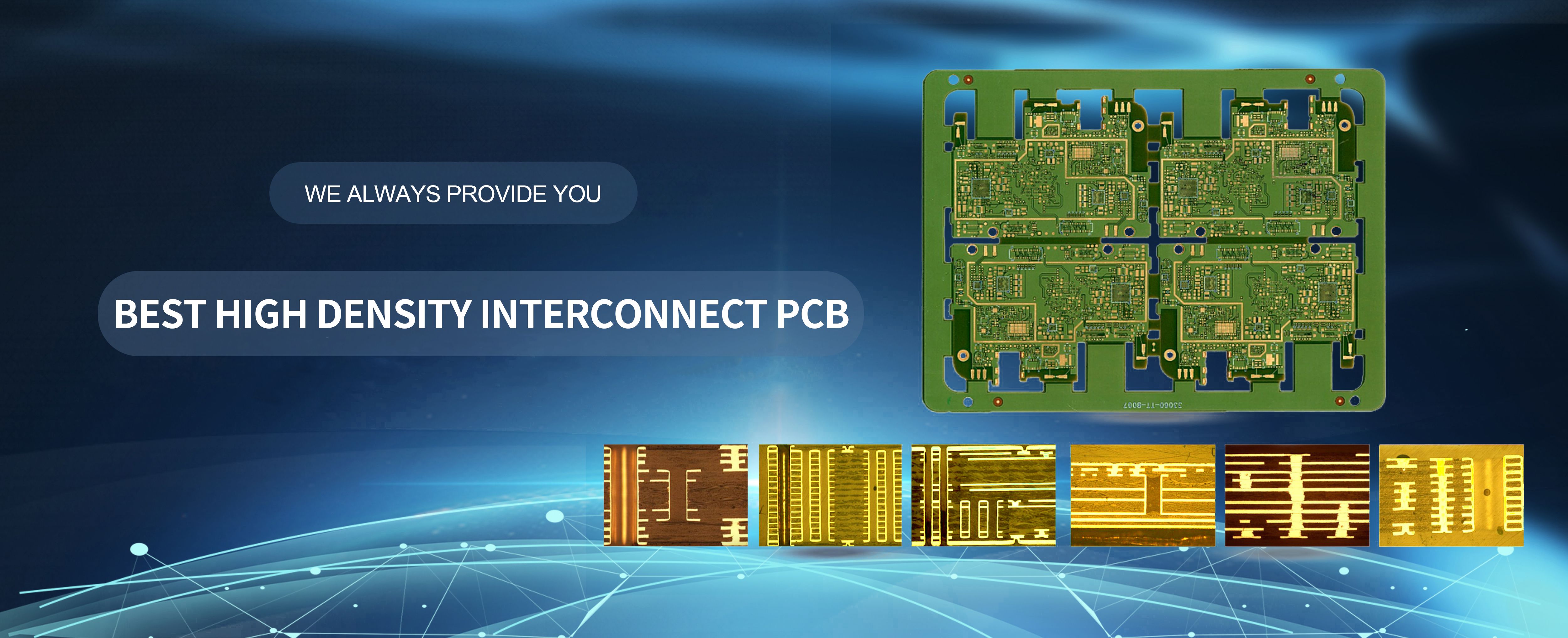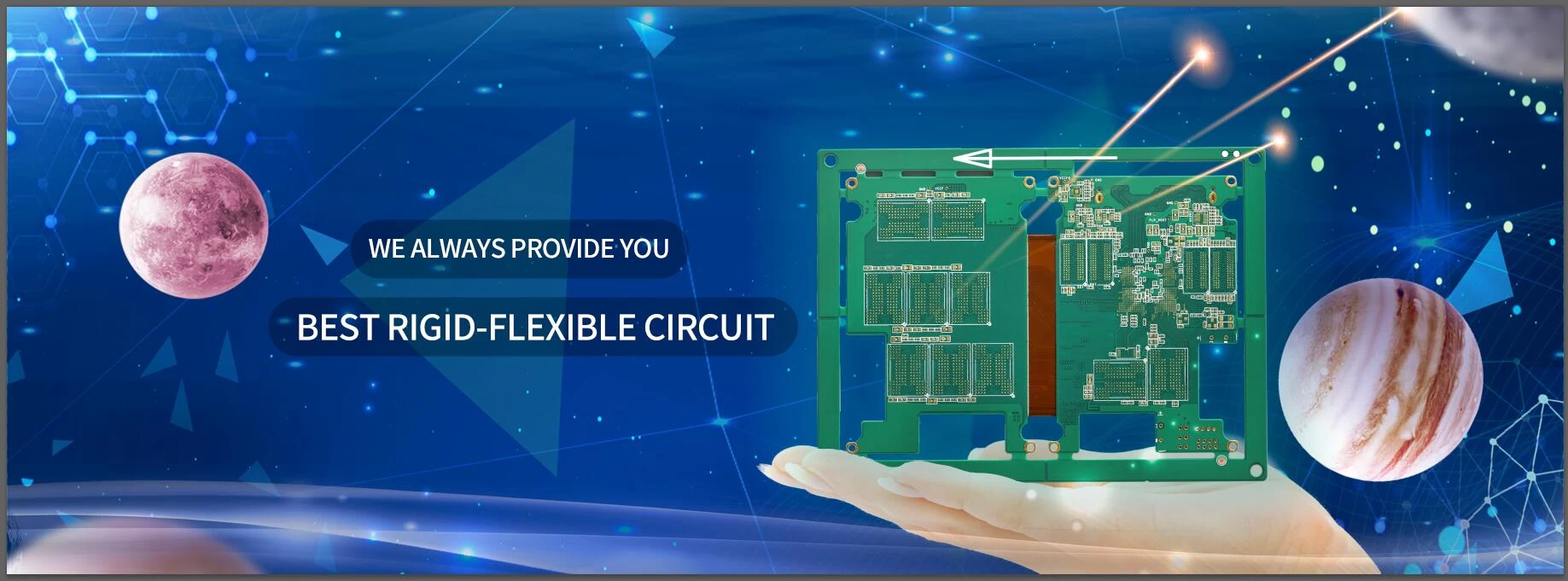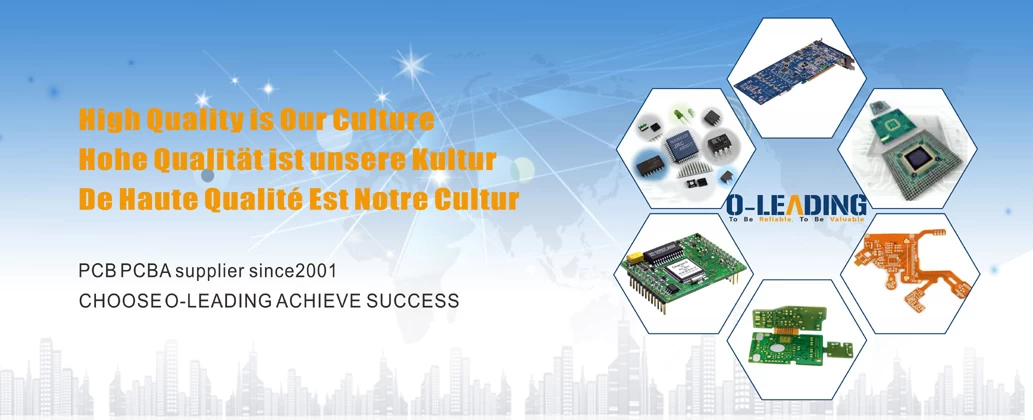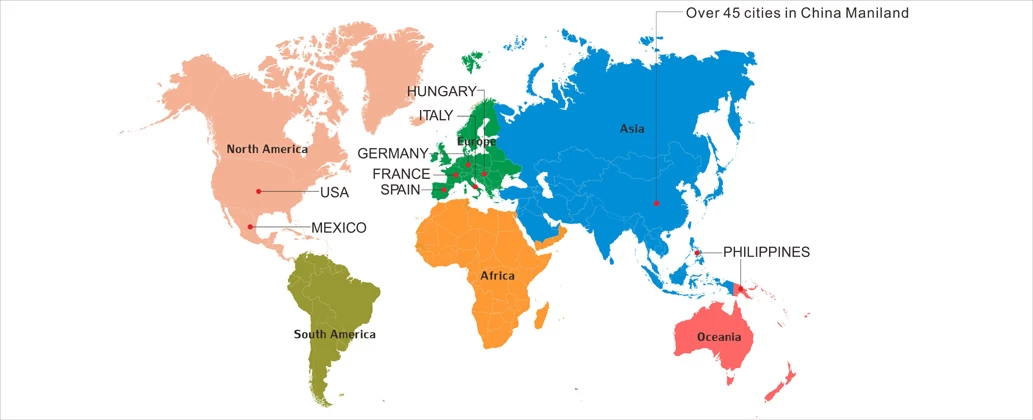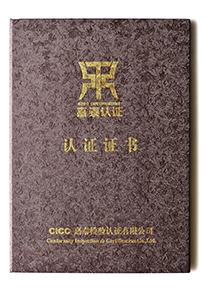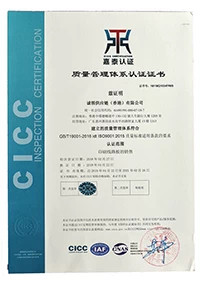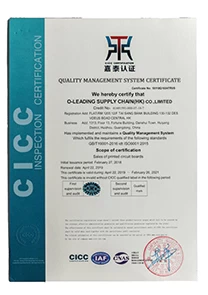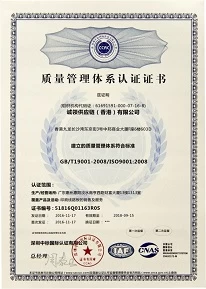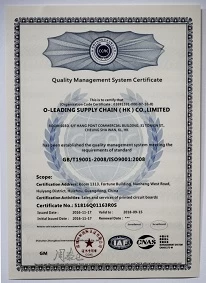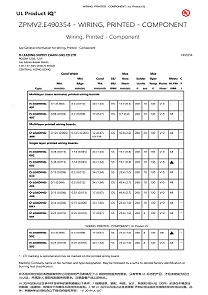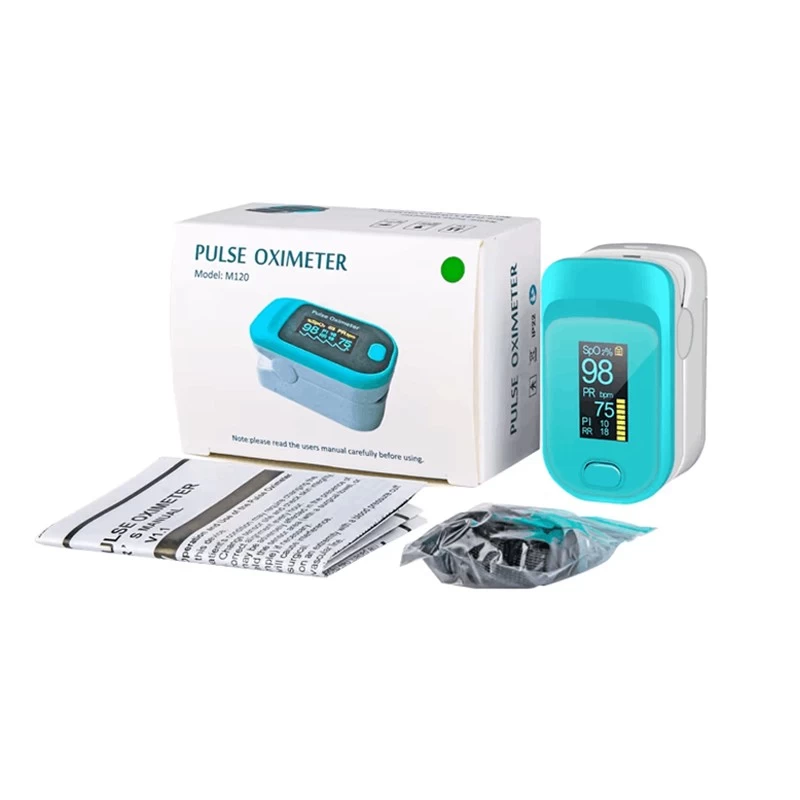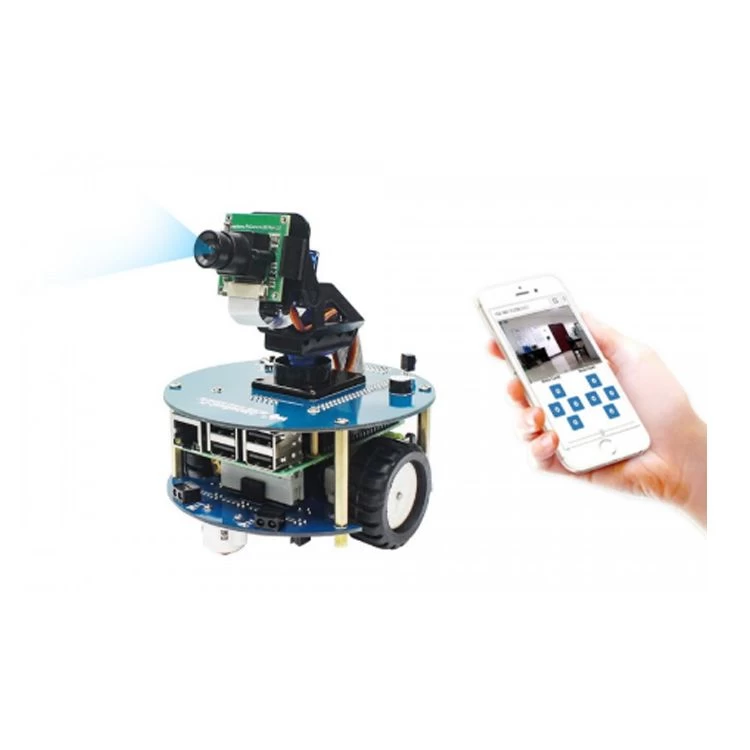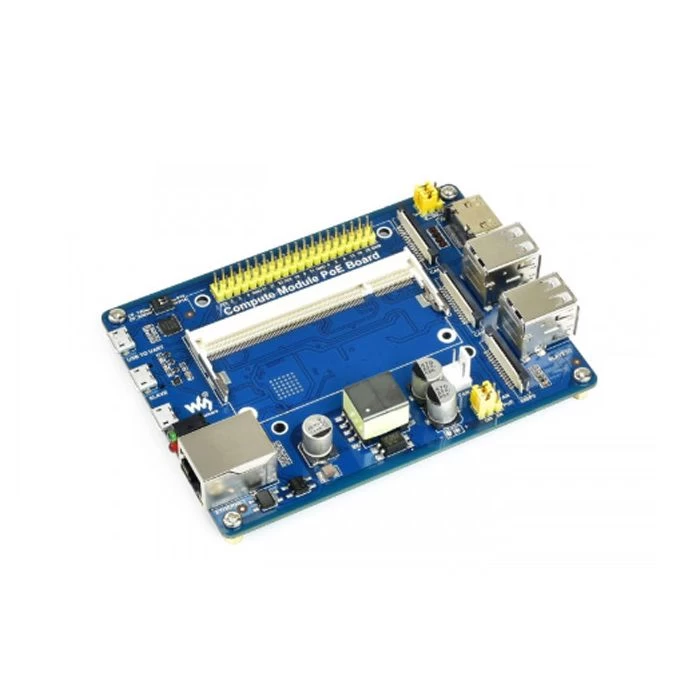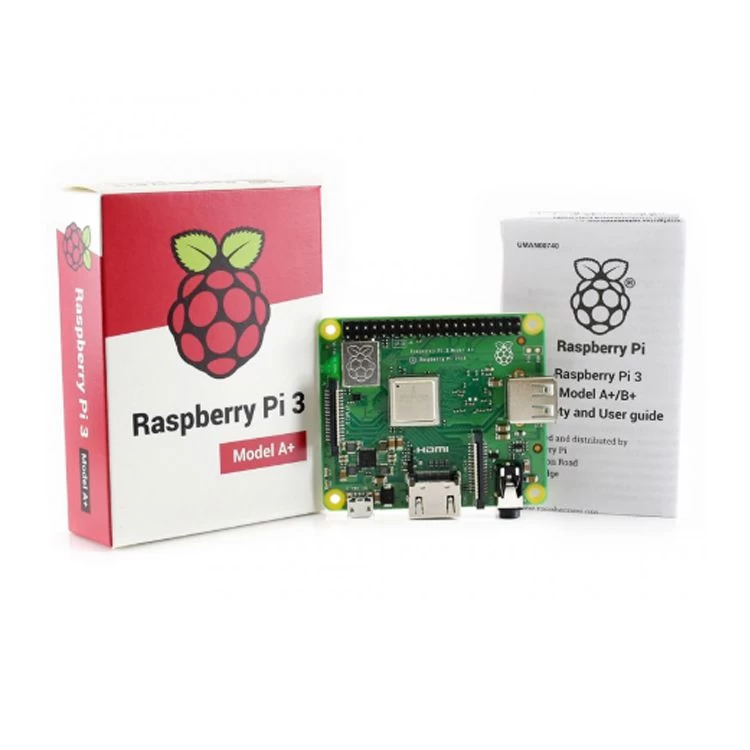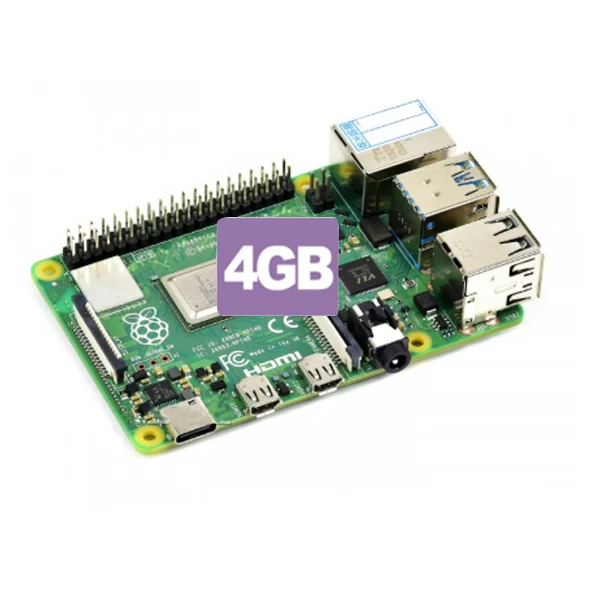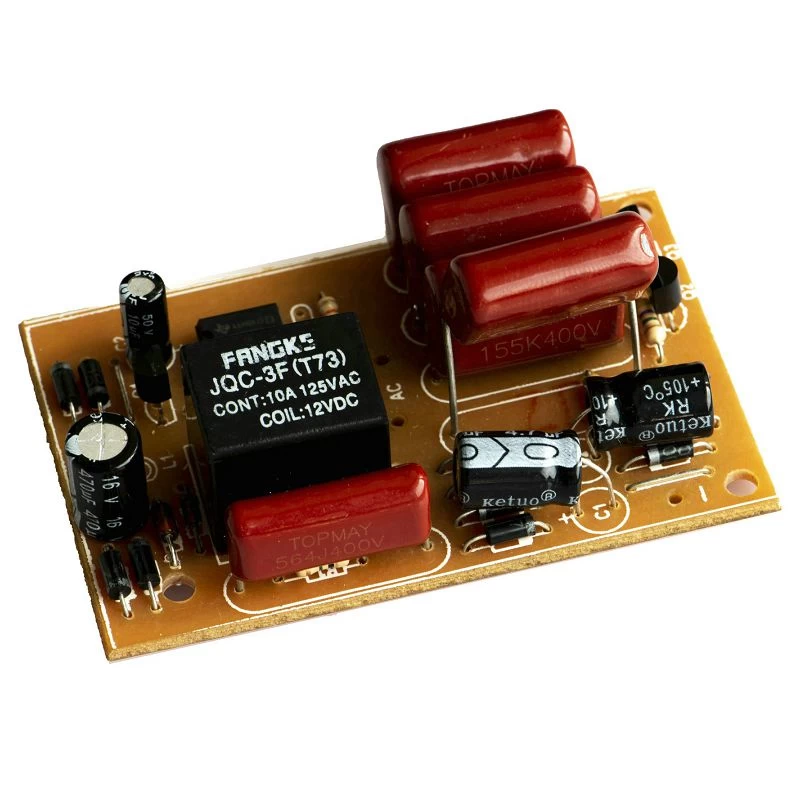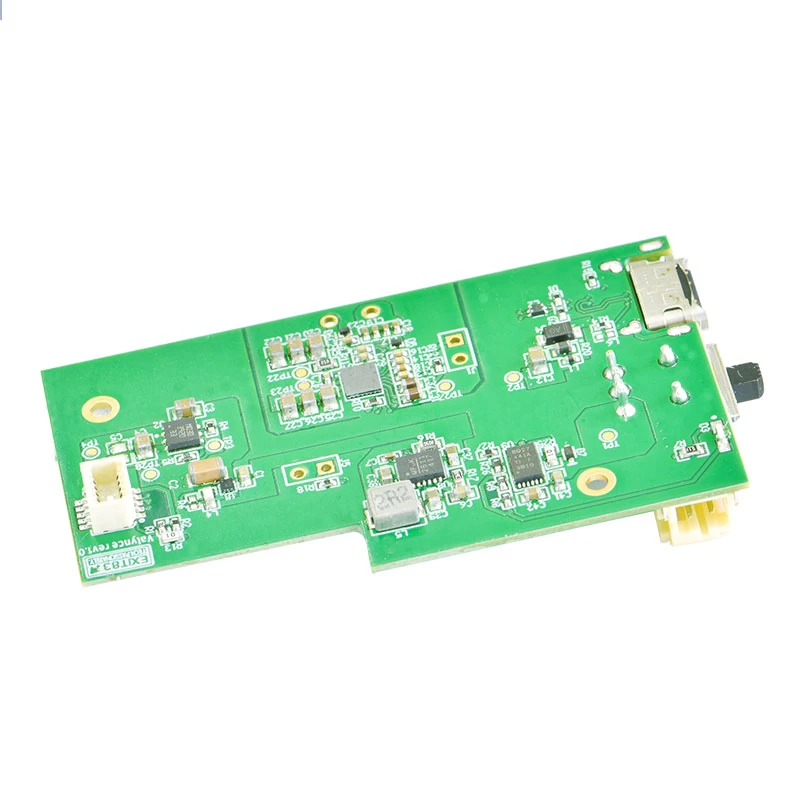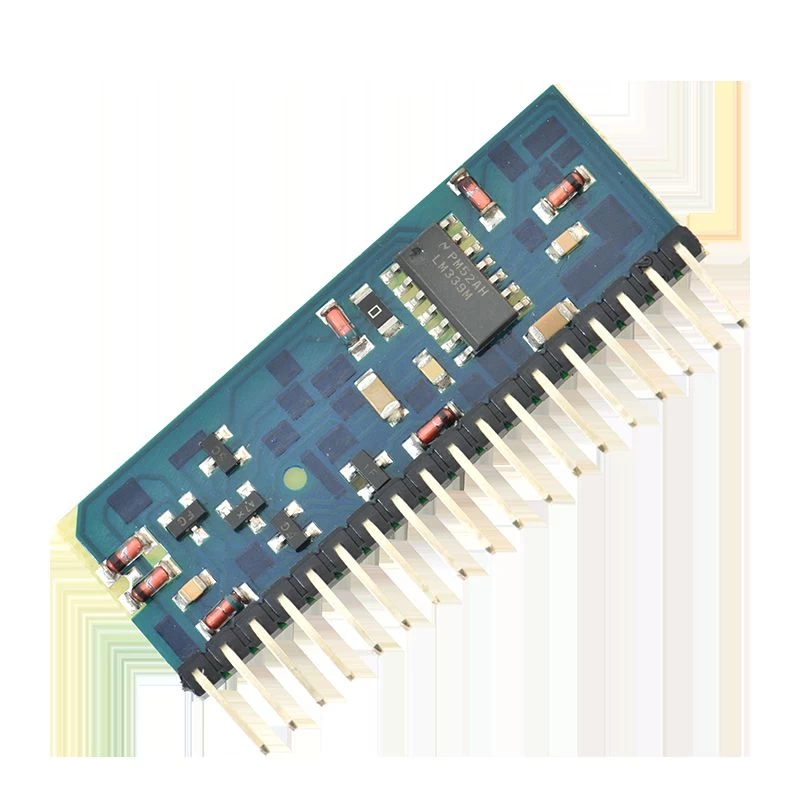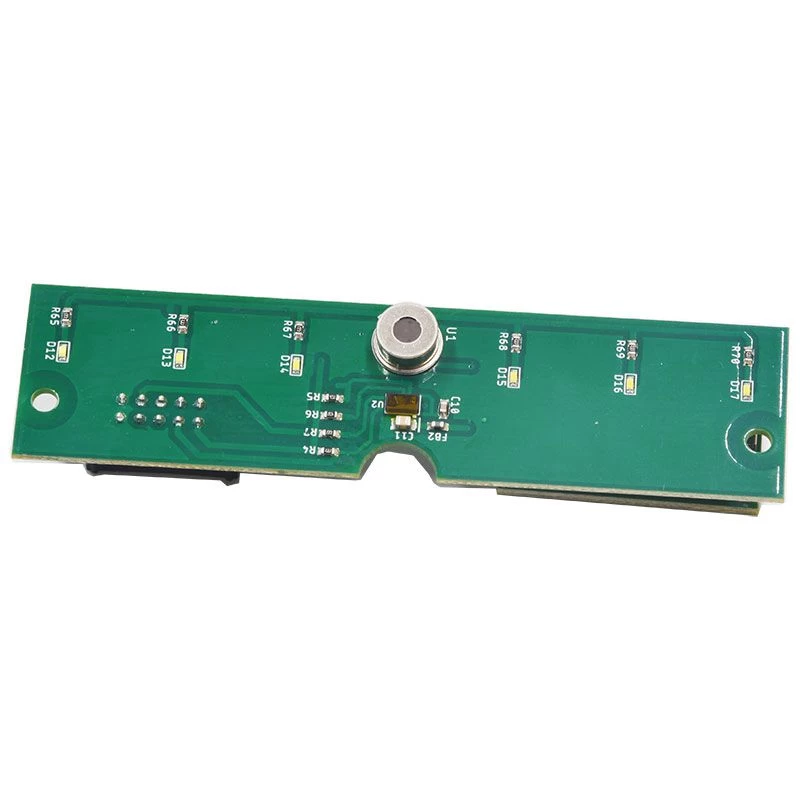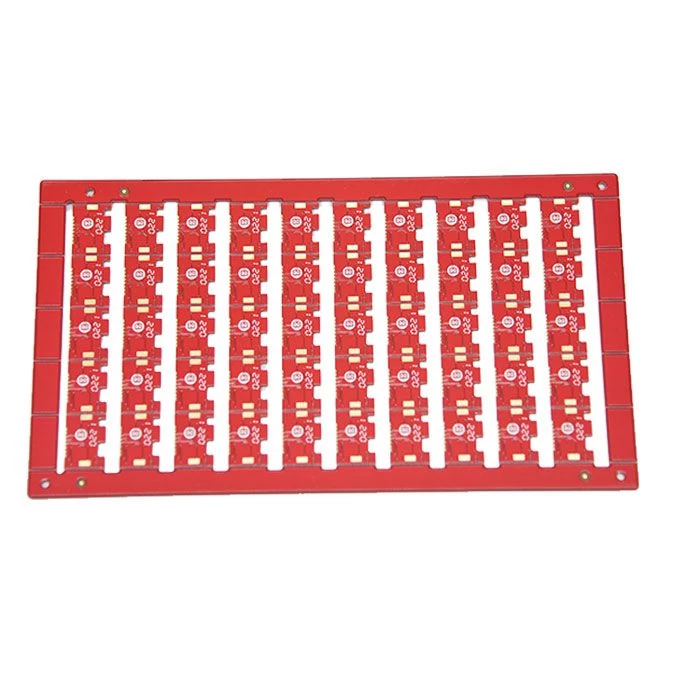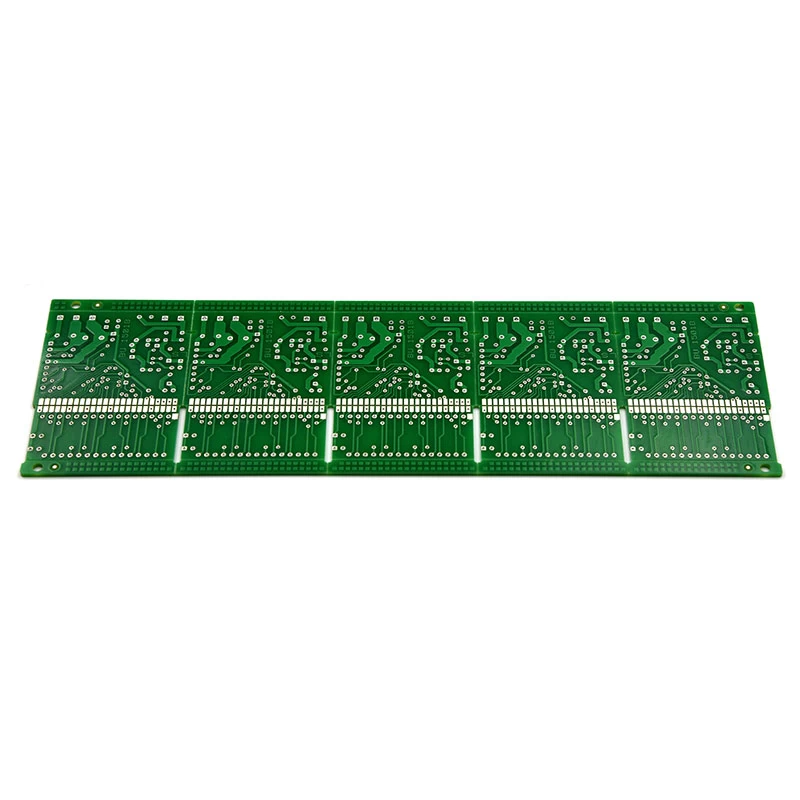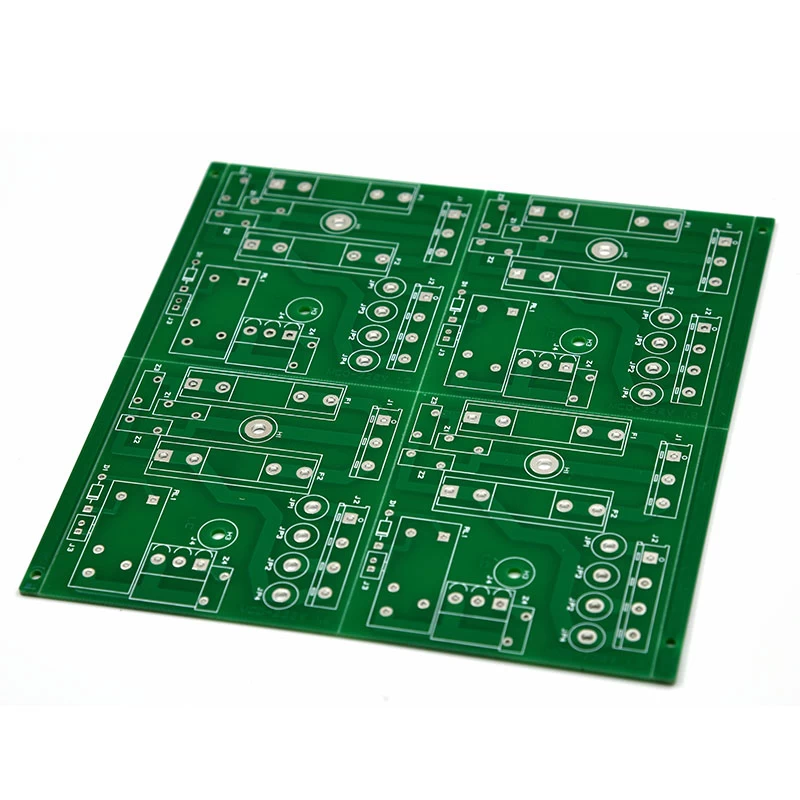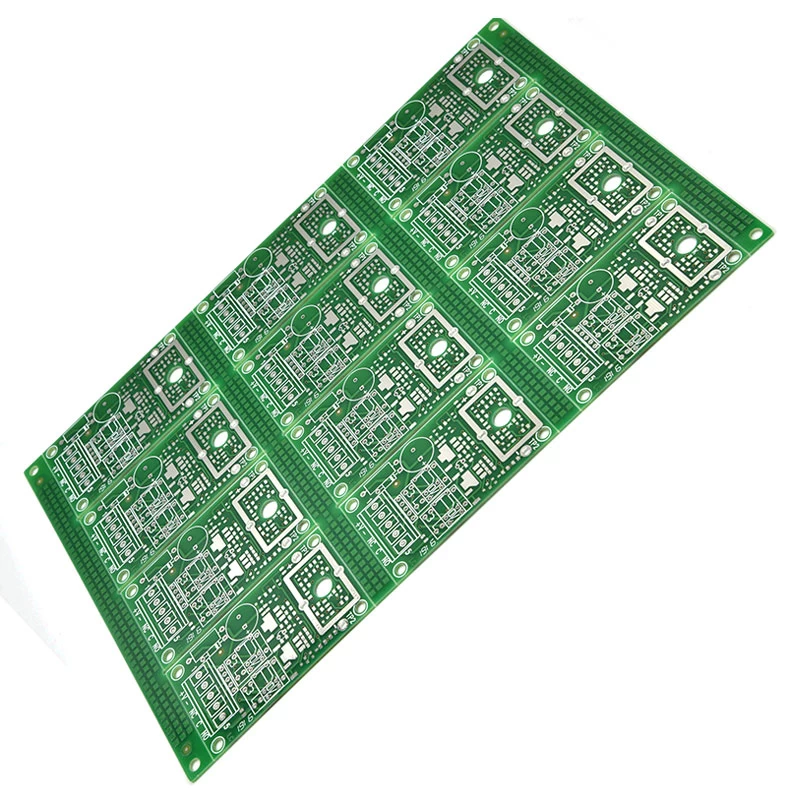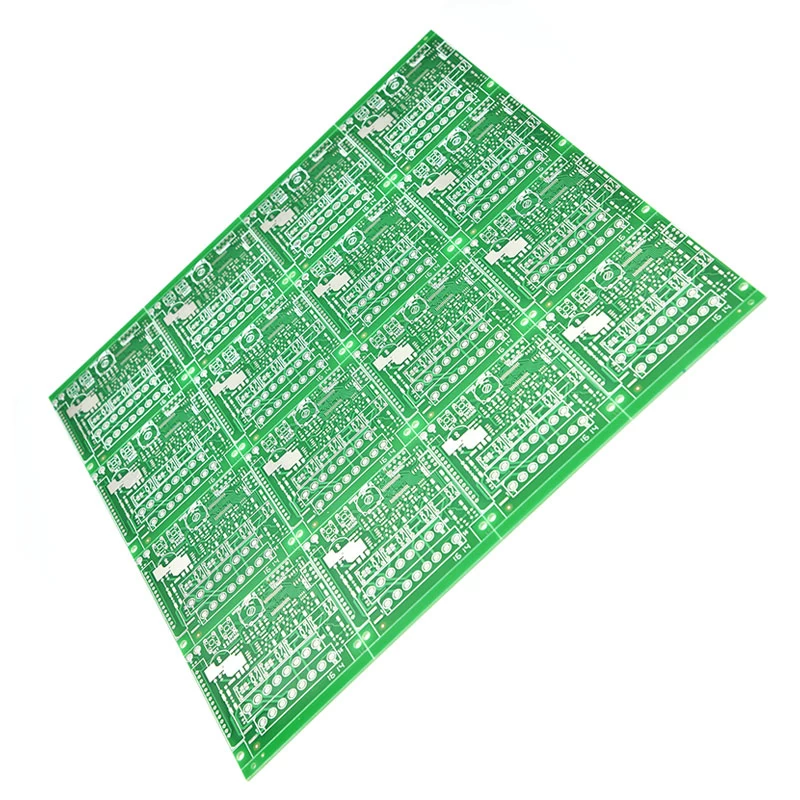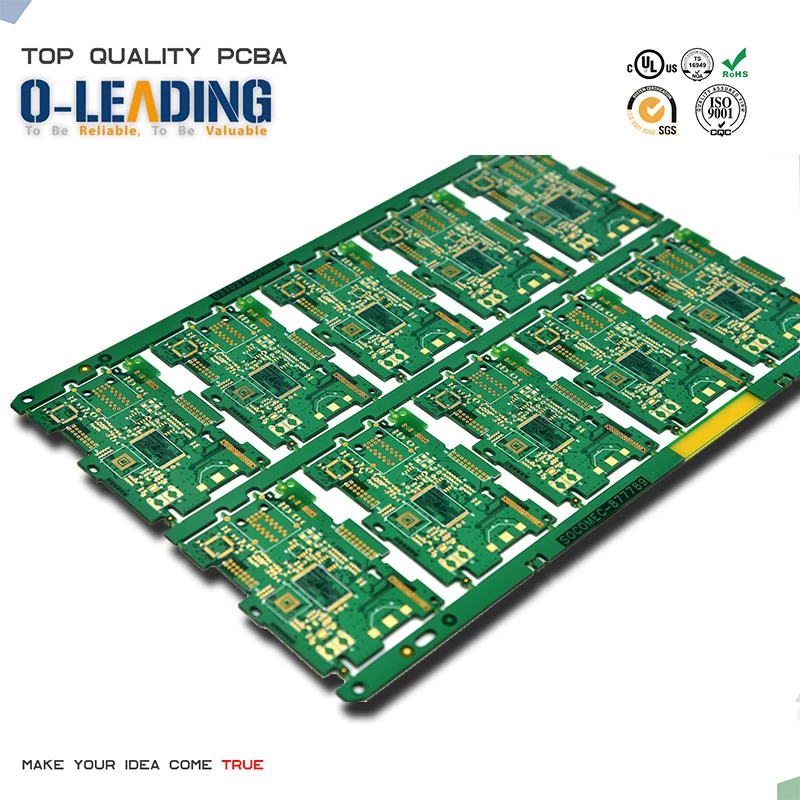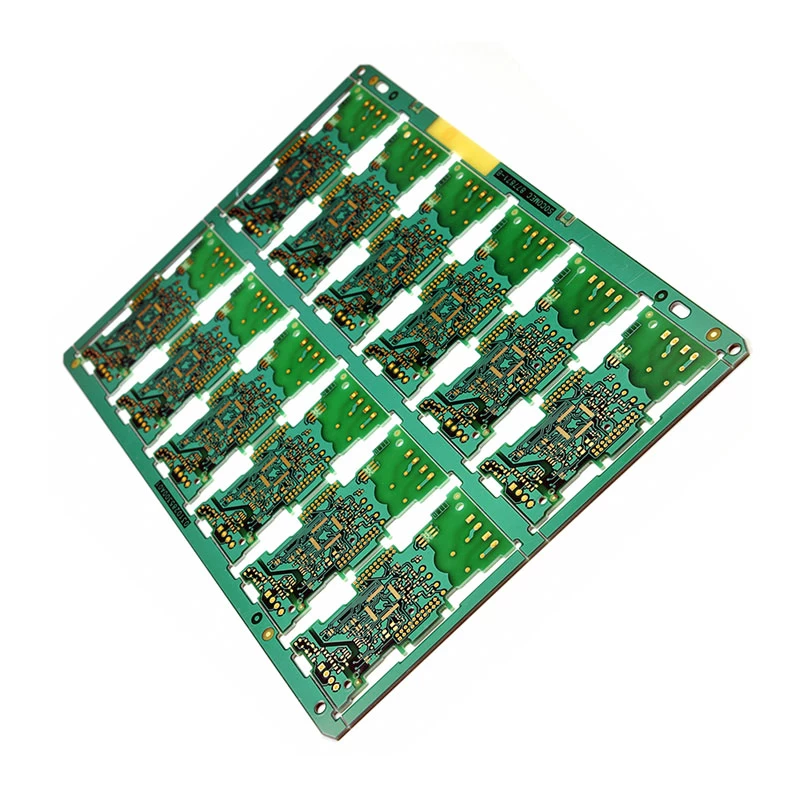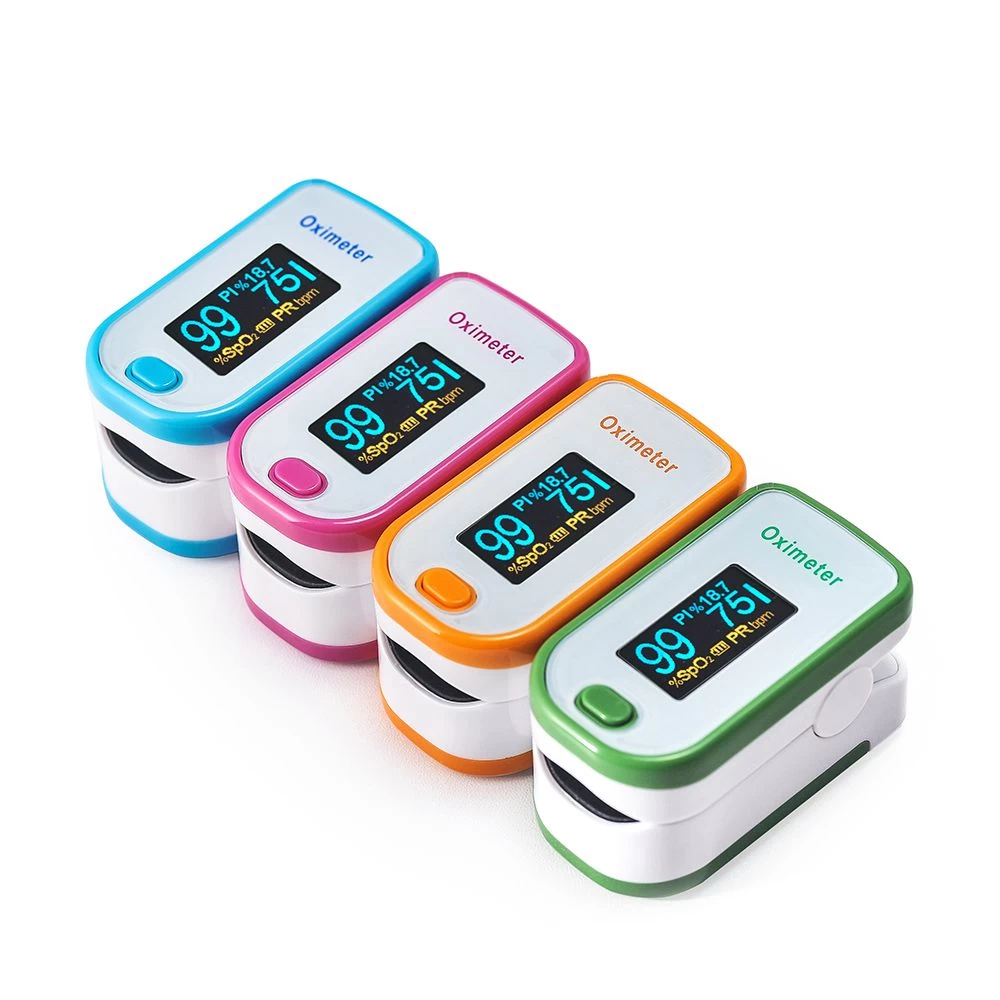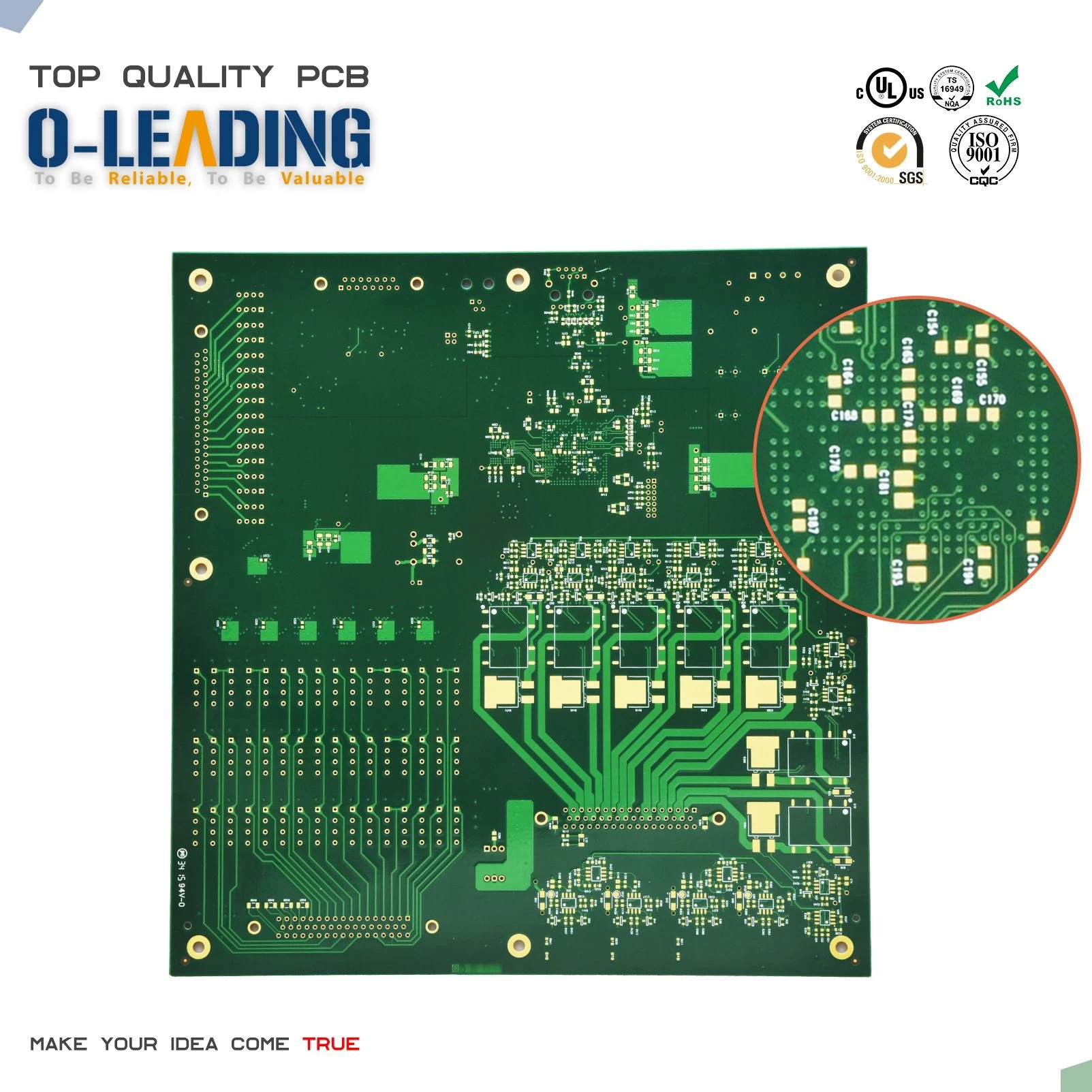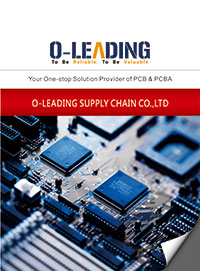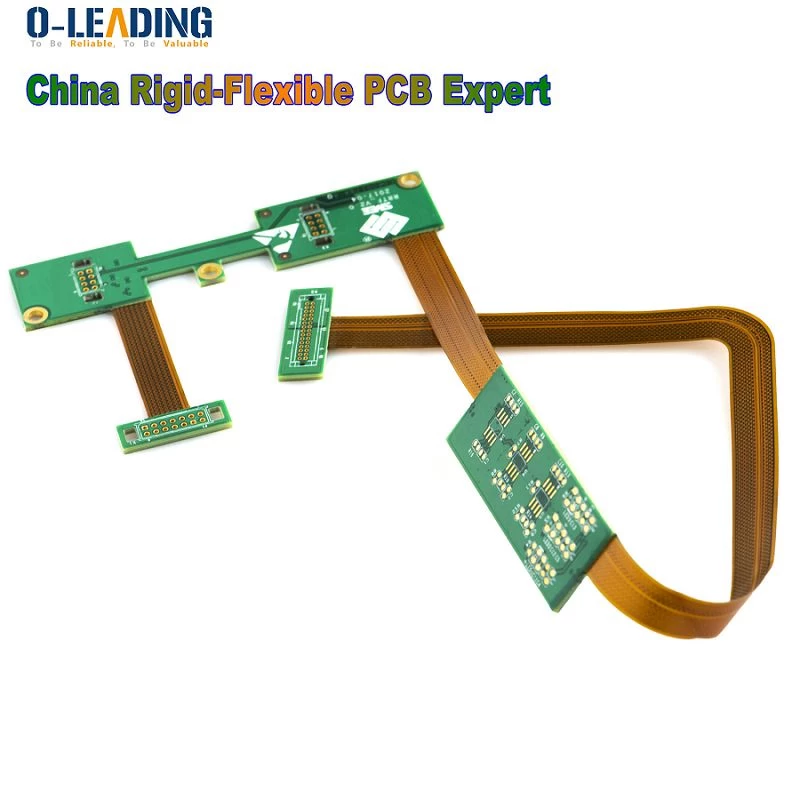Advantages and disadvantages of FPC flexible circuit boards
FPC: English full spell Flexible Printed circuit, its Chinese meaning is flexible printed circuit board, referred to as flexible board. It is made of conductive circuit patterns on the surface of a flexible substrate using optical imaging pattern transfer and etching processes. The surface and inner layers of double-sided and multi-layer circuit boards are electrically connected to each other through metallized holes , PI graphic surface is protected and insulated with PI and glue layer. Mainly divided into single panel, hollow panel, double panel, multi-layer board, soft and hard board.
1.Features of flexible circuit boards
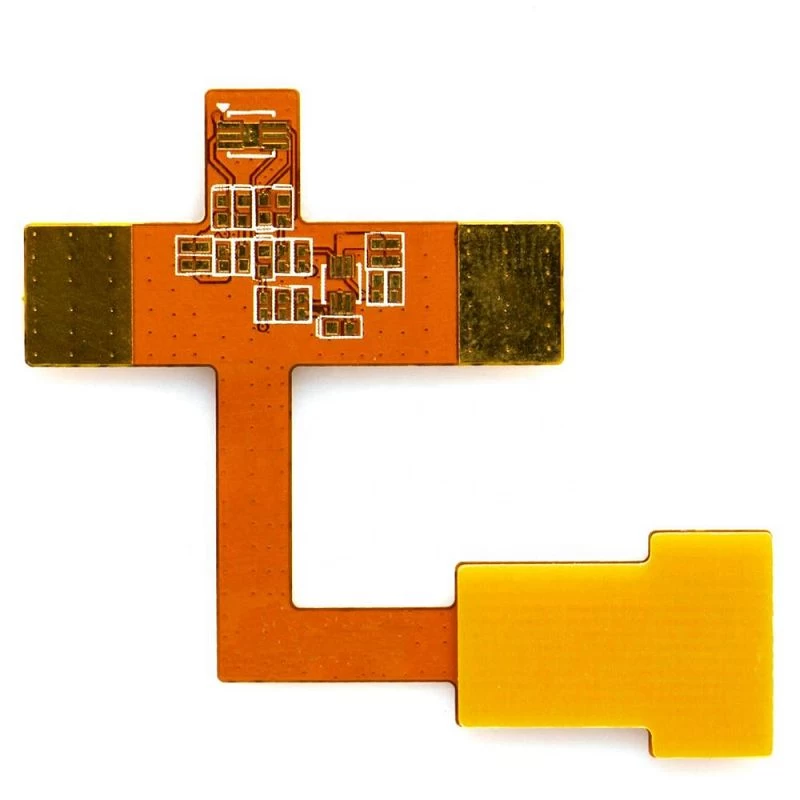
2.Advantages of flexible circuit boards
Flexible printed circuit boards are printed circuits made of flexible insulating substrates, and have many advantages that rigid printed circuit boards do not have:
1) It can be freely bent, wound and folded, can be arranged arbitrarily according to the space layout requirements, and can be arbitrarily moved and stretched in three-dimensional space, so as to achieve the integration of component assembly and wire connection.
1) High one-time initial cost: Since flexible PCBs are designed and manufactured for special applications, the initial circuit design, wiring, and photographic master plates require higher costs. Unless there is a special need to apply a flexible PCB, it is usually best not to use it in a small amount of application;
2)It is difficult to change and repair the flexible PCB: once the flexible PCB is made, it must start from the base map or the light drawing program compiled, so it is not easy to change. The surface is covered with a protective film, which needs to be removed before repair and restored after repair. This is a difficult task;
3)Restricted size: flexible PCBs are usually manufactured by batch process under the condition that they are not popular, so they are limited by the size of production equipment and cannot be made very long and wide;
4)Improper operation is easy to damage: improper operation of the installation personnel is easy to cause damage to the flexible circuit, and its soldering and rework require trained personnel to operate.
FPC will continue to innovate from three aspects in the future, mainly in:
1) Thickness: The thickness of FPC must be more flexible and need to be thinner;
2)Fold resistance: Fold folding is an inherent feature of FPC, and the future FPC must have stronger folding resistance;
3)Process level: In order to meet various requirements, the process of FPC must be upgraded, and the minimum aperture, minimum line width/line distance must meet higher requirements.

